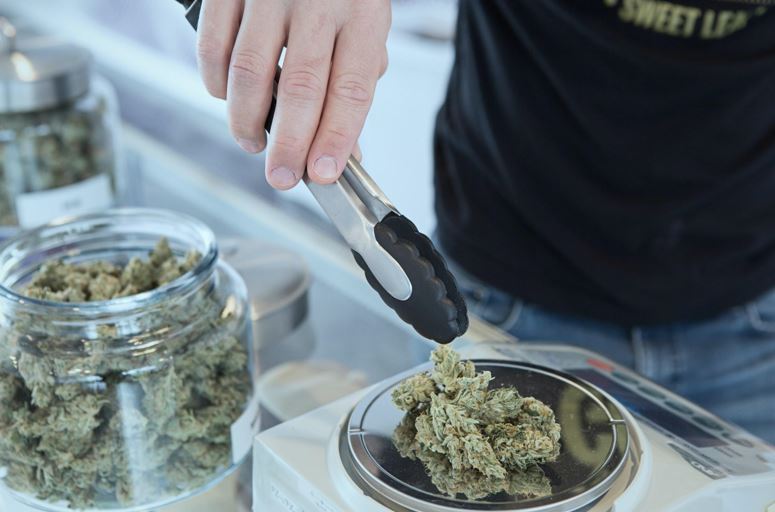No doubt, you’ve heard about the many medicinal uses for cannabis. Maybe you even know someone with a medical marijuana prescription. But how can the same drug that’s used recreationally treat both minor and more debilitating conditions alike? Does it really work?
To understand the usefulness of medical marijuana, you should evaluate how it works to treat or soothe the symptoms of specific ailments, not its overall effectiveness. Also, keep in mind that, like most drugs and medications, marijuana affects individuals differently. What works for one person may not work for you, and vice versa. Be sure to check out Canadian brand Canna Express’s cannabis delivery as an option.
Mitigating Chronic Pain
One of the most common uses of medical marijuana is mitigating chronic pain. Although cannabis is not very effective against all types of severe pain, such as post-surgery pain, many people find it useful for easing chronic pains, particularly nerve pains, as an alternative to opiates.
But how does cannabis work in mitigating chronic pain? Research studies reveal that peripheral nerves that detect the problem and carry the brain’s signal contain abundant cannabinoids receptors. These cannabinoids (present in the cannabis) can block the peripheral nerves from transmitting the pain signal. It’s also an excellent muscle relaxant.
There are many different strains that can help treat pain and co-occurring conditions. For example, many people benefit from the best strains for pain and fatigue.
Treating Glaucoma
Glaucoma is one of the leading causes of blindness, and cannabis can help treat it. Cannabis works by reducing the intraocular pressure, which is the key contributor in glaucoma. Studies have found that a single dose can last for three to four hours.
Relieving Nausea
The primary non-psychoactive compound in cannabis, cannabidiol (CBD), has a positive effect in controlling nausea and vomiting. Hence, a recommended dose of cannabis can help patients undergoing chemotherapy to relieve nausea where other prescription drugs do not cause much relief.
Reducing Anxiety
When administered in a drop under the tongue, CBD oil, an extract of cannabis, helps to reduce anxiety and won’t leave you high, unlike marijuana.
Increasing Appetite
When you eat, the body releases leptin, which suppresses your appetite. As the level of leptin decreases in time, you feel hungry again. Simultaneously, the brain sends signals that tell you when you are full. When medicinal cannabis is introduced in the body, the neurons are not able to send this message. At the same time, THC suppresses the action of leptin in the body.
In short, it tricks the brain, and you feel hungrier. This can be beneficial for cancer patients experiencing a suppressed appetite.
Calming Muscle Spasms
Patients with multiple sclerosis have to deal with a lot of stiff, aching muscles. Such patients get a lot of relief from using marijuana because cannabis contains anti-inflammatory and analgesic chemicals that interact with the endocannabinoid system to influence how the body reacts to pain.
Overcoming Insomnia
Cannabis also helps in overcoming insomnia and improving the sleep cycle. Cannabis has different strains; some energize the body, some help calm the body, and some and help to fall asleep. If you want to avoid smoking and protect your lungs, but still want to have a good night’s rest, try vaping or using a cannabis tincture. You can place a small drop of the tincture under the tongue, which is a popular method to consume cannabis for sleep.
Cannabis in Canada
In Canada, the legal age to buy and use weed is 19 years. While each province has its own rules regarding where you can purchase cannabis, almost all provinces have government-run retail shops and online cannabis dispensaries to procure cannabis legally. You can buy it in various forms, including buds, gummies and other edibles, hash, shatter, badder, resin, capsules, tinctures, and topicals.
Marijuana can be consumed differently, like smoking a joint, blunt, bowl, bong, or vape. It can be infused with food or drink like tea, soda, baked goods, cannabis oil, etc.
Cannabis consumption is an individual preference, but if you seek it for medicinal benefits, be sure to consult your doctor and understand the appropriate dosage.

